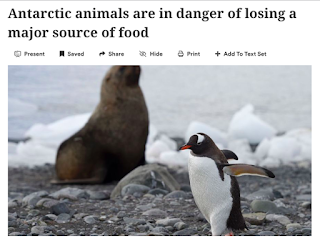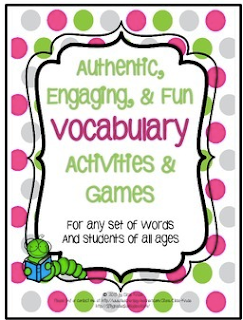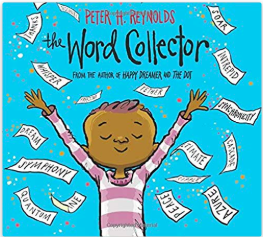Hi Everyone,
Wow, I cannot believe it is July! I just wanted to write a quick post about some thoughts I had as I was reflecting on the book, The Hate U Give by Angie Thomas. I finished the story last week, and I am constantly thinking about the characters--Starr, Kahlil, Mav, Seven and Momma. Their experiences pop into my thoughts at various times during the day. I think about them when I listen to the news, I think about them when I'm reading an article about anti-racism and white privilege, and I think about them as I write new lessons for the upcoming school year. Those characters touched my heart. They have a way of constantly reminding me to reflect on my own implicit bias's. They remind me about my white privilege. Those characters are the ones who remind me to keep improving myself as a human being and the need to do my part in healing humanity.
My reflections remind me of why I love children's literature and realist fiction in general. When a story is well-written with believable characters, readers cannot help but become invested in them. Readers begin to feel connected to those characters. They root for those characters and want the best for those characters. If students are taught to pay attention to their thoughts as they read and are guided to read between the lines and infer the character's thoughts and feeling--they may just start to reflect on their own lives. Readers may start to remember the traits of good characters and want to emanate them. They may remember the obstacles and struggles their beloved character went through, inspiring students to be more aware of their actions and behaviors. Students may be able to see another side to situations. They may be able to step in someone else's shoes for a moment to see the world from that person's point of view.
 |
| I'm almost done writing this learning path! I'll share it soon. |
That is what Starr, the protagonist in The Hate U Give has done for me. Among other things, she has inspired me to become aware of my thoughts, feelings, actions, and privilege. She has inspired me to be brave, more compassionate, and to keep myself open to new perspectives. I've come to love that girl and her family. Her story, getting a look at some of her daily experiences and interactions in the world, has created a feeling inside of me that a news story or a nonfiction article could ever do.
 |
| Still my favorite book ever! |
 |
| Gone Crazy in Alabama |
Here are some new titles I want to read. Some of these books are just for my own reading, while others I intend to use with my class.
 |
| Last Stop on Market Street |
 |
| The View From Saturday |
 |
| The Red Crayon |
These are just a few of the books that are on my list of "want to read." As I was doing some research for my new learning path, I came across a website titled 27 best moral stories to read with your kids. It has titles like The Invisible Boy, Beautiful Oops, and a title I remember hearing about years ago, but never bought...The Empty Pot.
So, I guess this was not a quick post, but I'm just so excited about getting back to school to engage my students in reading and discussing books that will touch their hearts, ignite their compassion and empower them to help make our world a kind, healthy, flourishing place to be.
Have a great holiday.
Kim














































